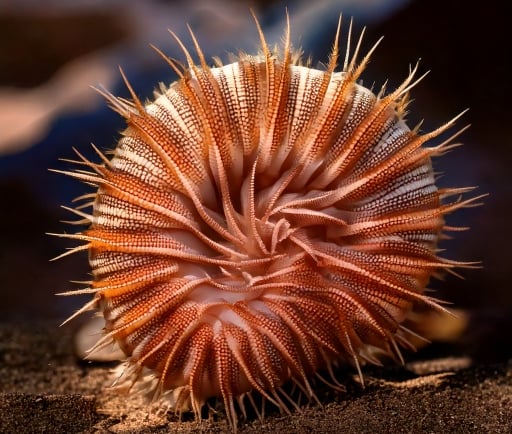The Ikaria Waroona: The Ancestor of All Animals


The Significance of Ikaria Waroona
The discovery of Ikaria Waroona has revolutionized our understanding of animal evolution. This remarkable organism, believed to be over 555 million years old, is recognized as the earliest bilaterian. The Ikaria Waroona serves as a key link in the evolutionary chain, illuminating the emergence of bilateral symmetry in complex organisms.
Characteristics of the Earliest Bilaterian
The Ikaria Waroona displays a unique structure characterized by two symmetrical sides, a defining feature of bilaterians. Unlike their asymmetrical predecessors, these organisms possessed two openings that connected to a primitive gut. This dual-opening system is essential for the differentiation of digestive processes, which marks a significant evolutionary milestone in the development of more complex life forms.
Implications for Evolutionary Biology
Understanding the Ikaria Waroona provides profound insights into the evolutionary narrative of multicellular organisms. This ancient creature bridges a gap in the fossil record, helping scientists to trace the lineage of modern animals back to their simpler ancestors. The anatomical structure of Ikaria Waroona suggests that it may have played a pivotal role in the evolutionary transition towards more complex bilateral organisms, influencing the subsequent development of various animal phyla.
